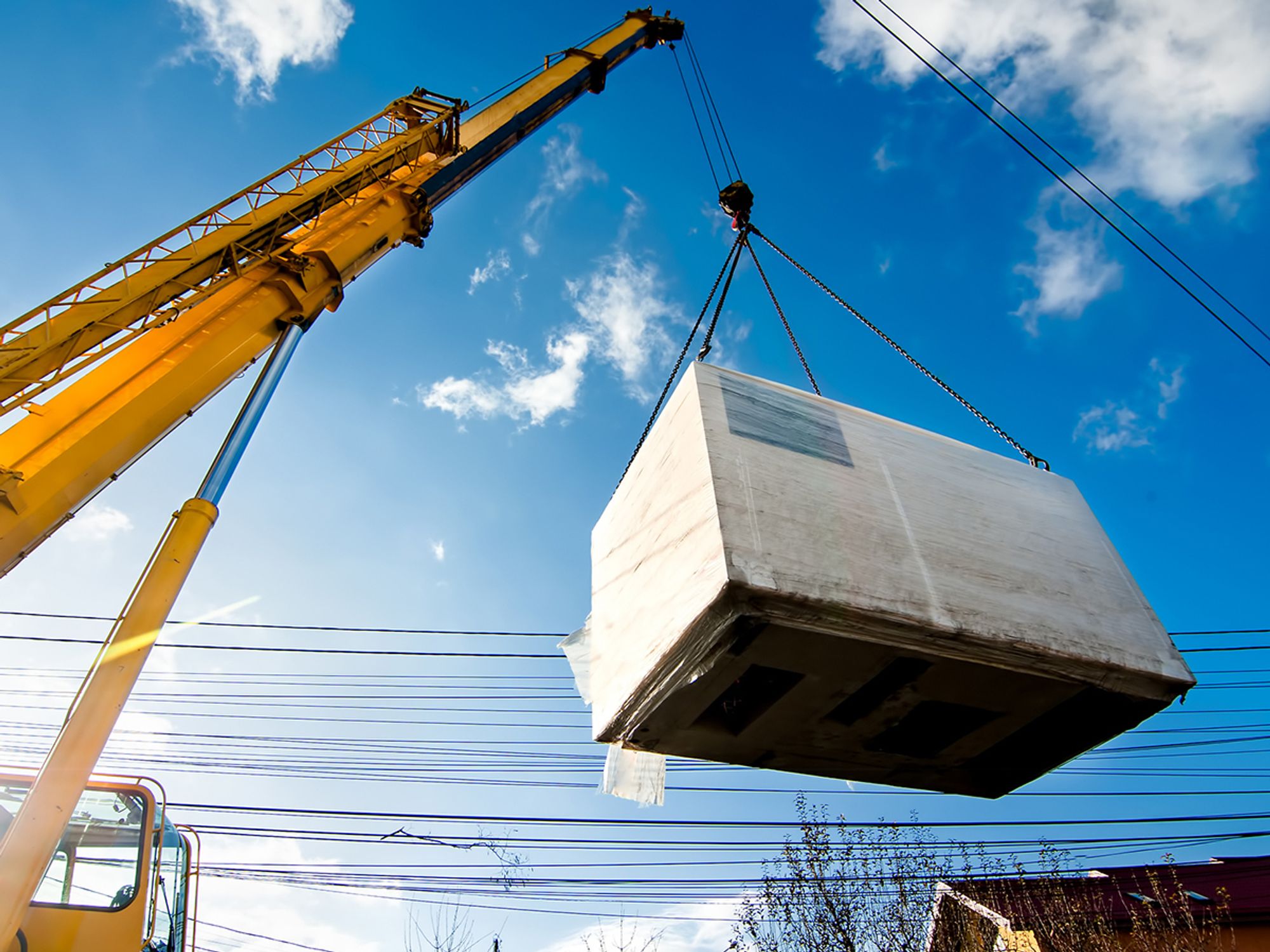Power-line safety

- For safety’s sake, all power lines should be considered to be energized and uninsulated until confirmed otherwise.
- Cranes must either maintain a minimum distance from power lines at all times, or other safety measures (such as having the lines de-energized) must be taken.
All power lines should be considered to be energized unless the utility owner/operator confirms the line has been, and continues to be, de-energized and visibly grounded at the jobsite. In addition, power lines should be presumed to be uninsulated unless the utility owner/operator or a registered professional engineer — who is a qualified person with respect to electrical power transmission and distribution — confirms that a line is insulated.
The Occupational Safety & Health Association’s (OSHA) 29 CFR 1926 Subpart CC requires employers to use a very specific and systematic approach to deal with the hazards of power lines.
(Note: Some of these requirements do not apply to work covered by Subpart V — Power Transmission and Distribution.)
When working near all voltages, the basic procedure is:
- Identify the work zone, assess it for power lines, and determine how close the crane could get to them. The employer has the option of doing this assessment for the area 360 degrees around the crane or for a more limited, demarcated area.
- If the assessment shows that the crane could get closer than the trigger distance corresponding to the voltage of the power line (20 feet for lines rated up to 350 kV, 50 feet for lines rated over 350 kV, or as determined by a qualified person for lines rated over 1000 kV), then requirements for additional actions are needed.
- The additional actions for cranes and derricks operating within the trigger distance are:
- De-energize and ground the lines, or
- Implement encroachment/electrocution prevention measures to prevent the crane from breaching the minimum clearance distance.
The employer is allowed to choose from several minimum clearance distance options.
